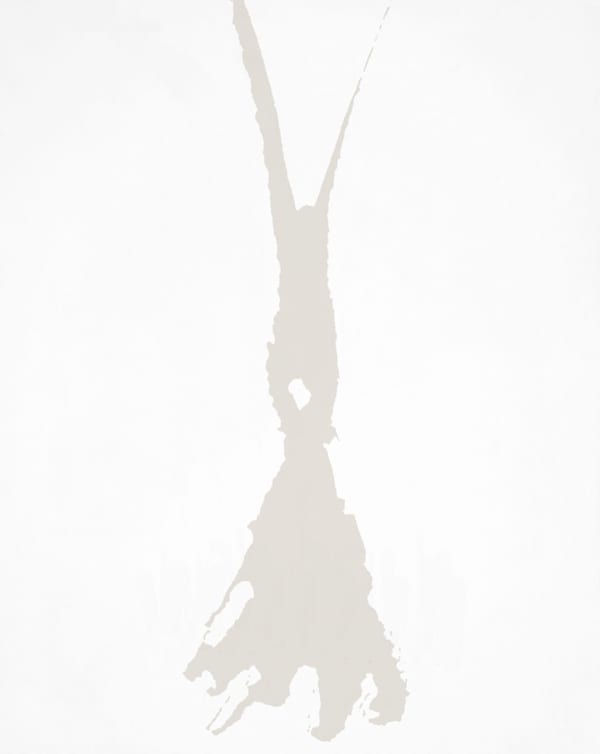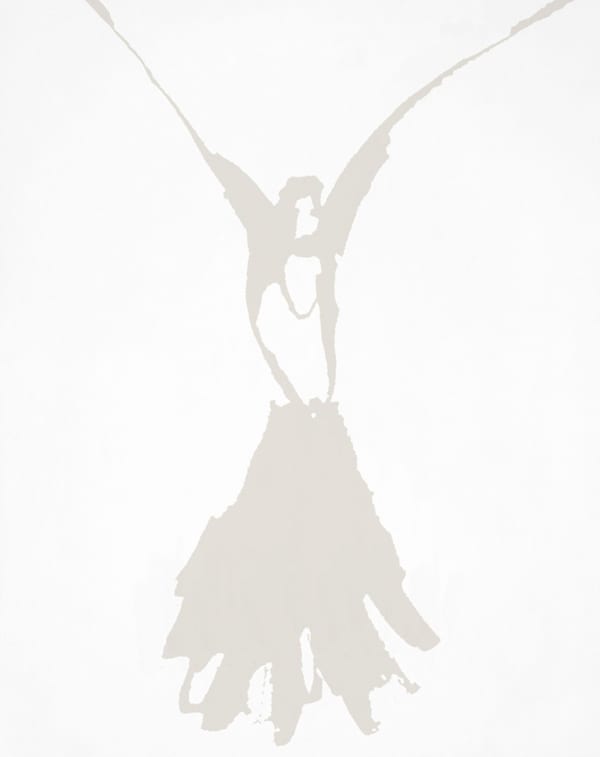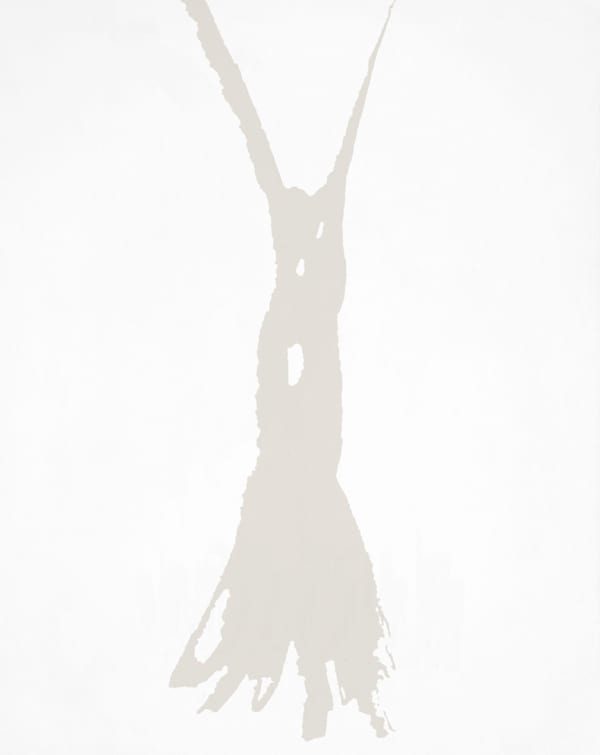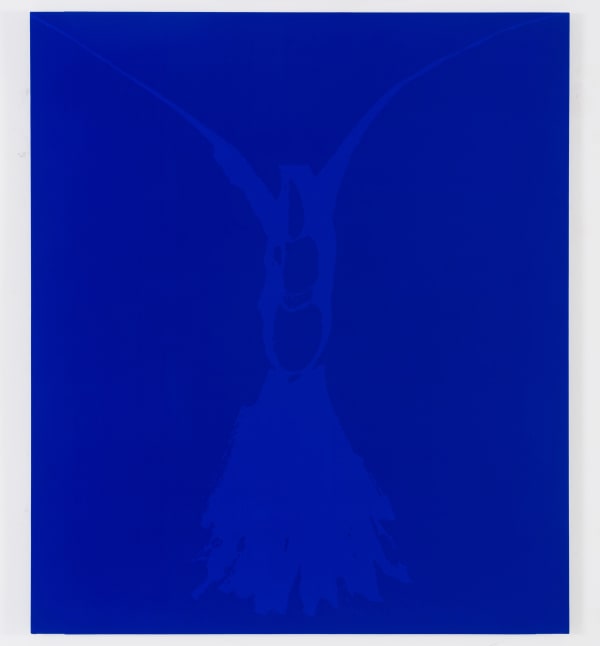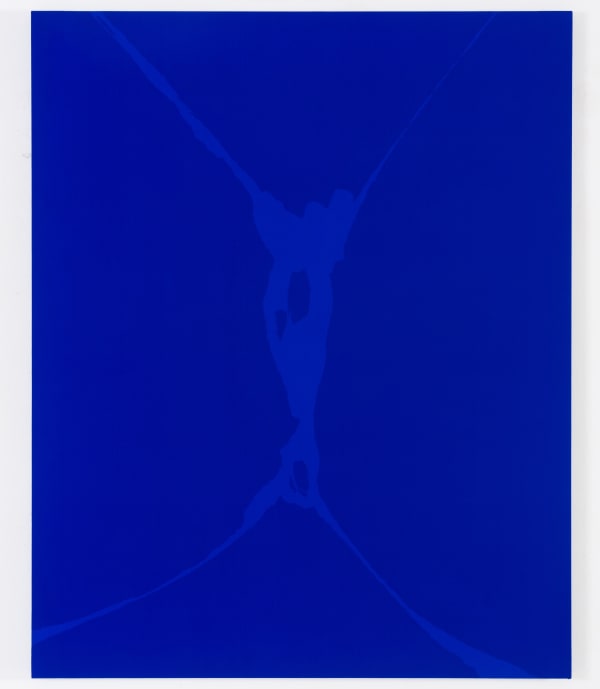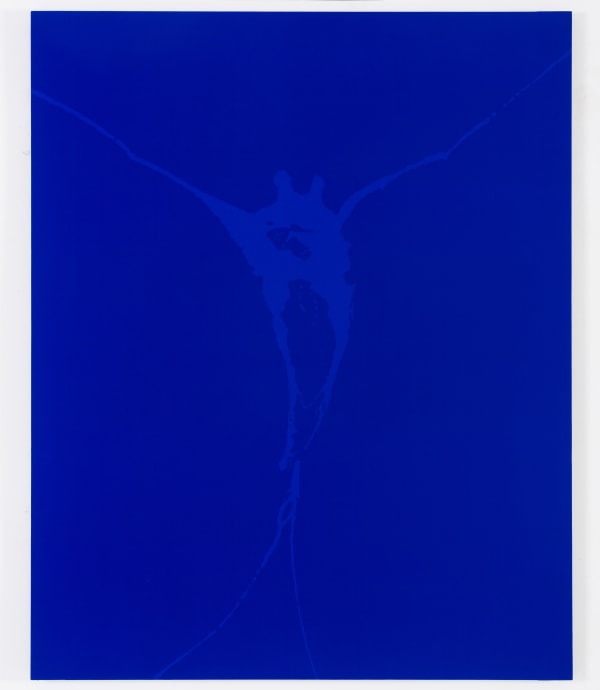Pierre-Yves Le Duc French, b. 1964
"Much the same as a piece of fruit, the content [of my artwork] is always wrapped in a protective covering. The fruit may be either the apple of sin or a banana."
- Pierre-Yves Le Duc
Pierre-Yves Le Duc was born in France in 1964. His Italian descent led him to attend Italian courses at the Arts Faculty of the Sorbonne, where he graduated in 1988. Already fascinated by the city of Naples during his previous journeys there, he decided that this was to be the place where he wished to establish himself.
His first works date back to 1989 but it was only in 1992, after meeting the 85-year-old Alfredo Bovio Di Giovanni, that he made his decision to devote himself entirely to art. Their friendship remained close until 1995, when Alfredo passed away. However, this major encounter left Le Duc with the profound sense of one’s own individuality, which for him could only be found through the spiritual artistic search.
Sacred Portal, Pierre-Yves Le Duc’s signature body of work, is unlike his previous works. There, the erotic symbol existed in stark contrast to its background. Instead, this work employs a linen veil and a thorough preparation of the basic white color to give a milky appearance to the surface of the canvases. As Genet used to write when referring to Giacometti’s sketches, lines seem to exist only to suggest form and thickness to the white hues… What is full is not the line, but the color. What was absent and invisible is now manifest, with the duality of movement between contraction-expansion, sky-earth, spirit-matter.
What Le Duc portrays is not a woman per se but the female principle that dwells in all of us; that facet of our nature that tends to take root in the biological realm and to become instinct. In the initiation ritual of the Mahavrata, an ascetic copulates with a prostitute who embodies his own image of the feminine in the daemonic aspect. Precisely in the same fashion, the artist faces the carnality of the object painted and its dual nature, where risk and viability coexist. The receptiveness the female sexual organ symbolizes seems to have no limit in the man of the third millennium. Endlessly wishing to gratify his instincts more than to meet his real needs, he is risking his own spiritual death, the dissolution in the liquid voluptuousness of contemporary imagination.

